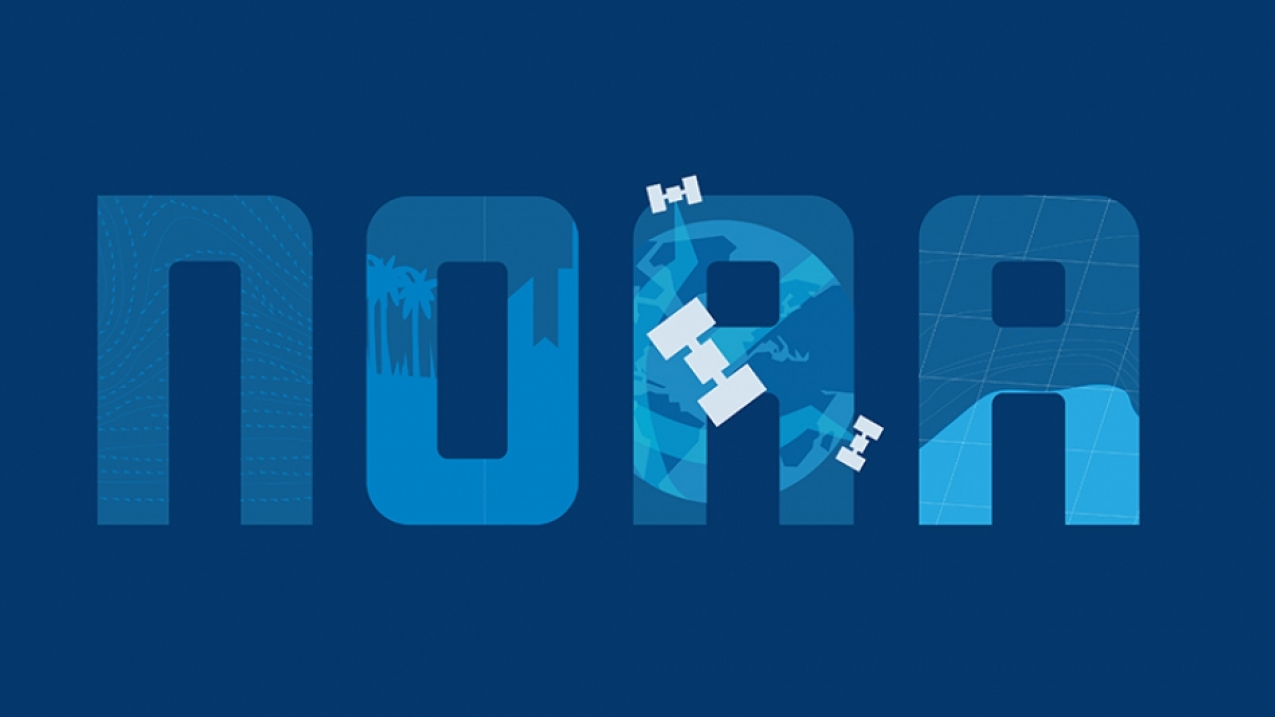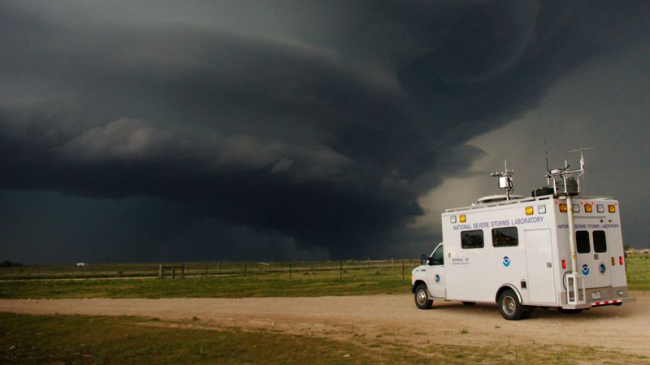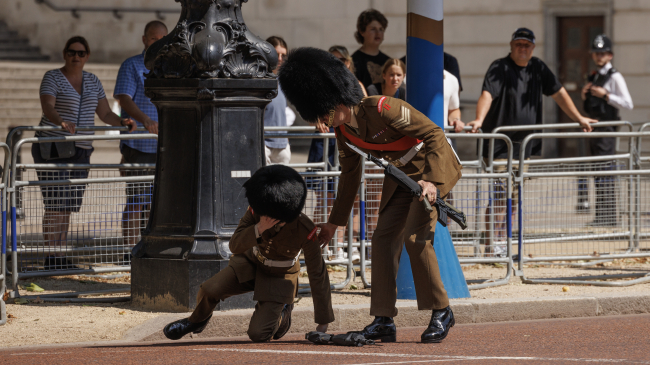NOAA satellites support rescue of thousands since 1982
The international COSPAS-SARSAT rescue network, responsible for saving more than 37,000 people worldwide, including more than 7,300 in the United States thanks to NOAA satellite operations, was inducted into the Space Foundation’s Space Technology Hall of Fame yesterday.

Welcome to noaa.gov (Image credit: NOAA)




